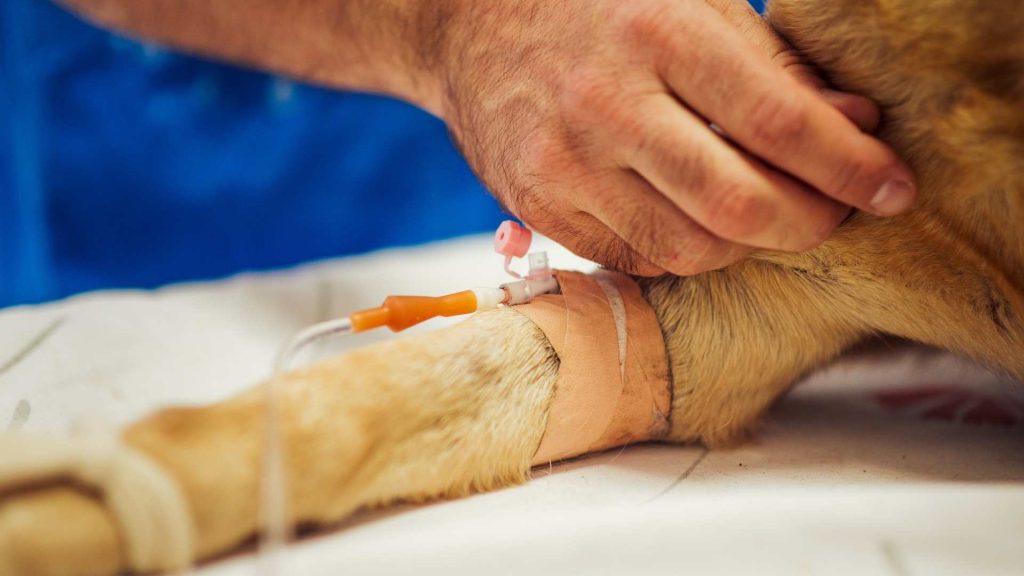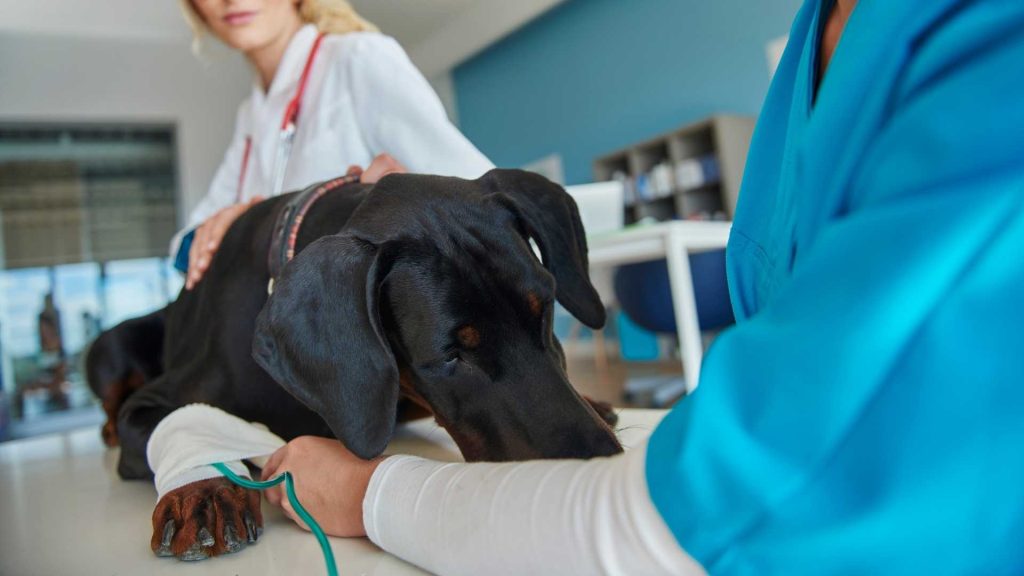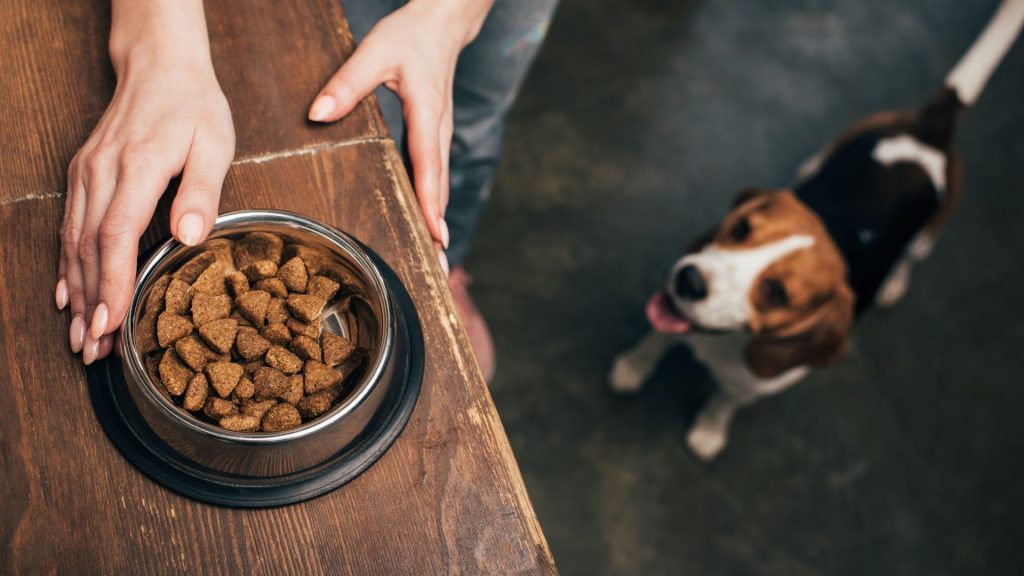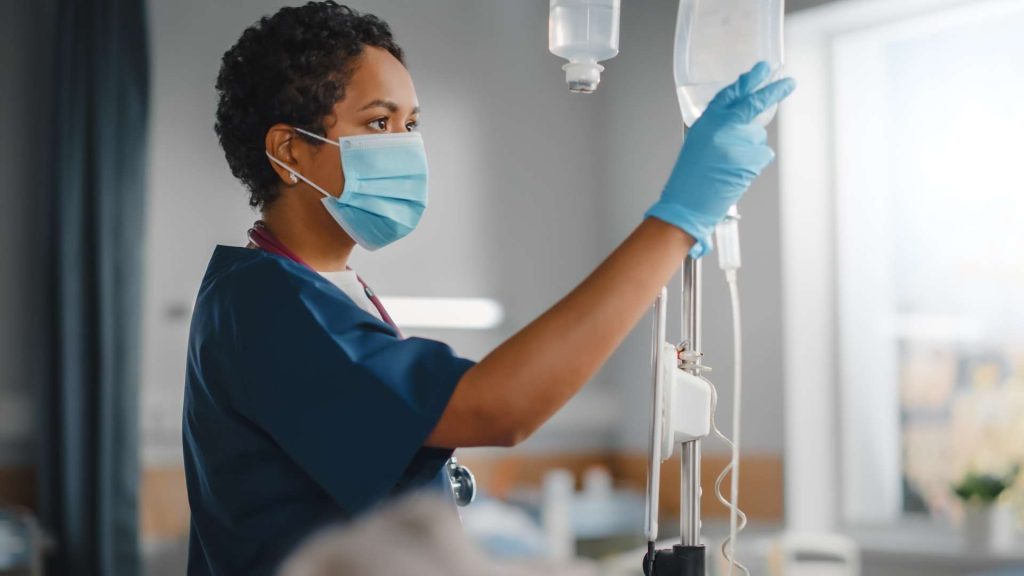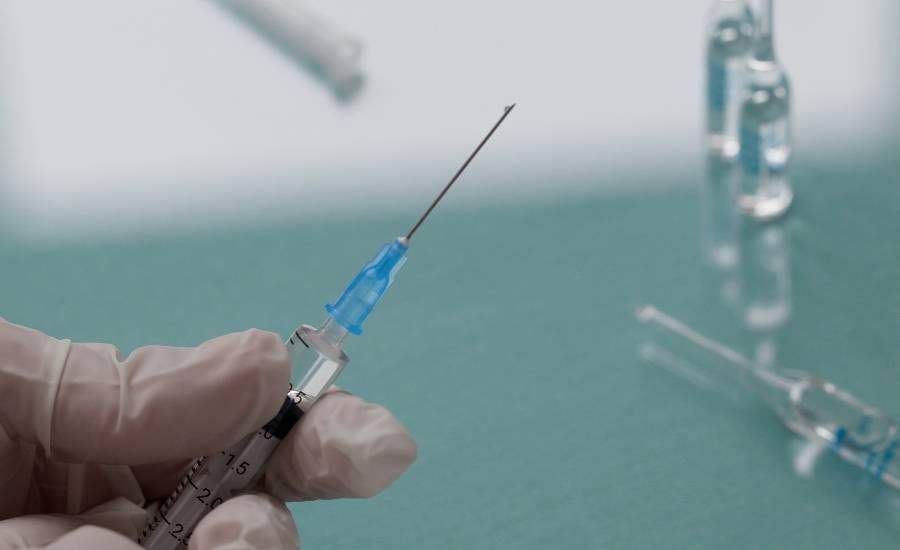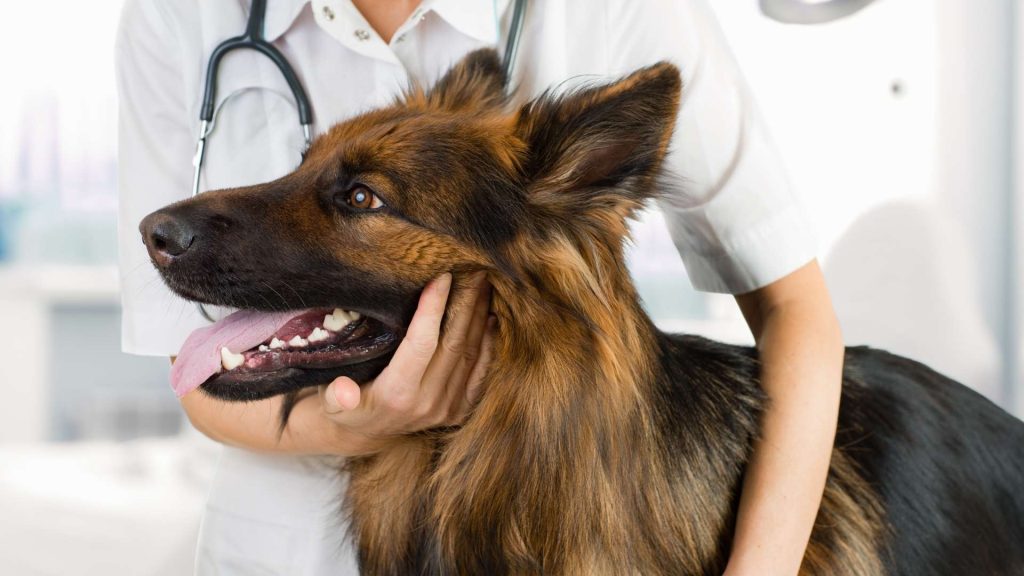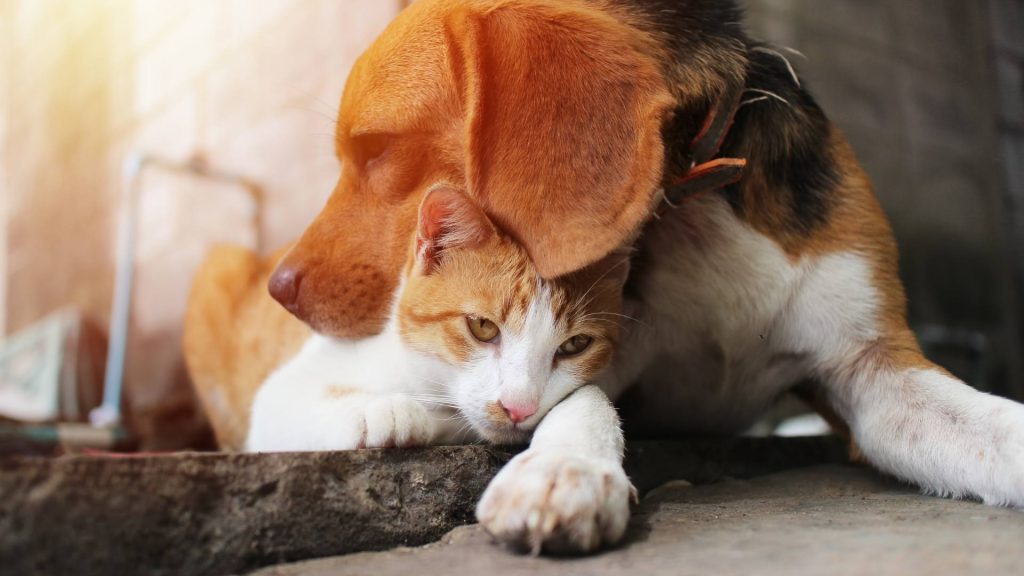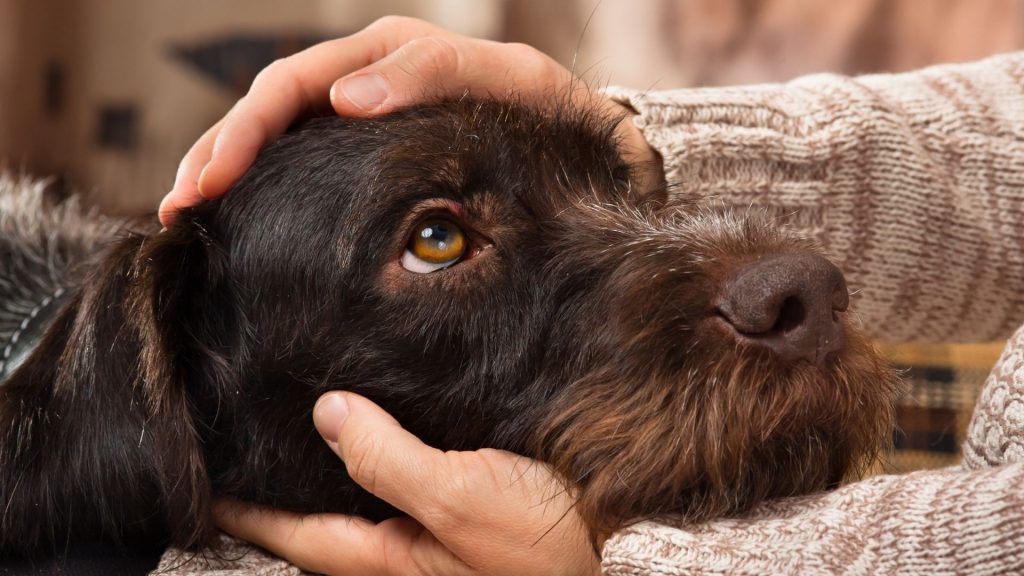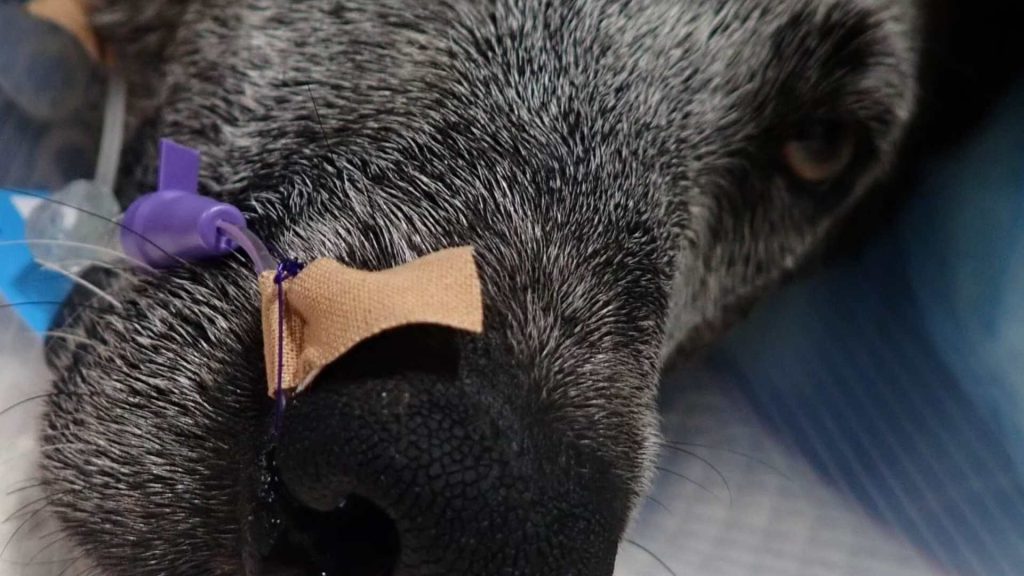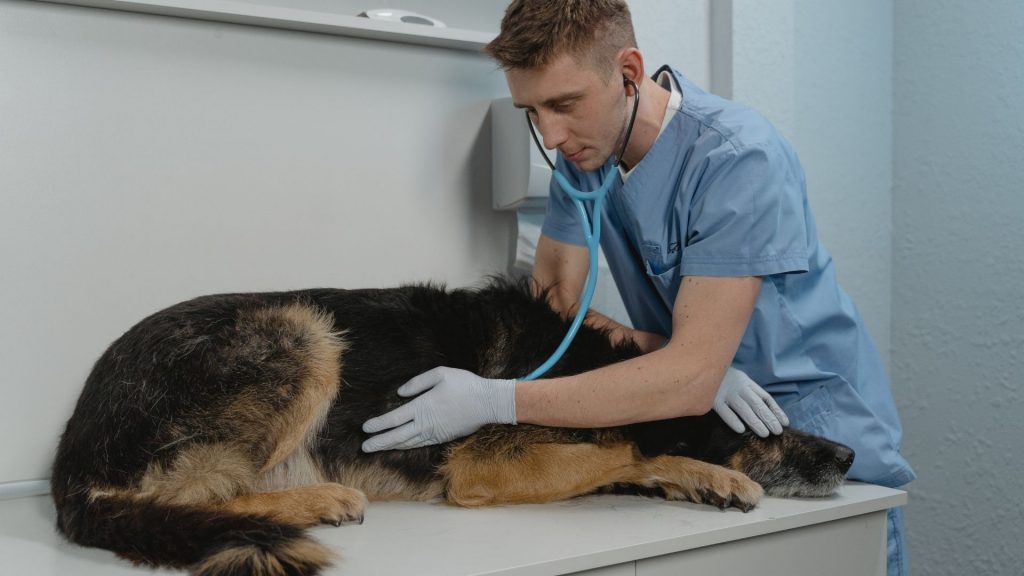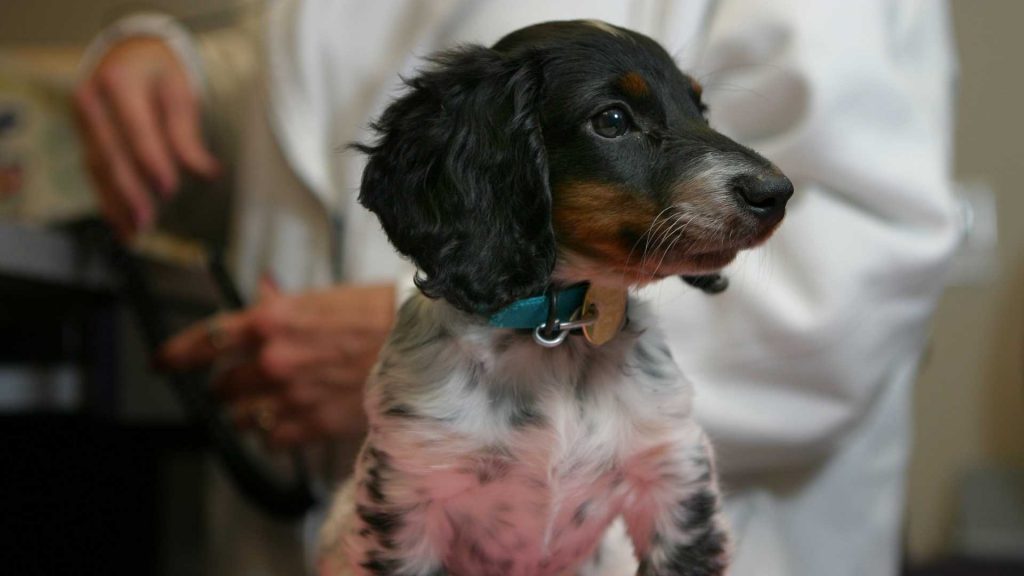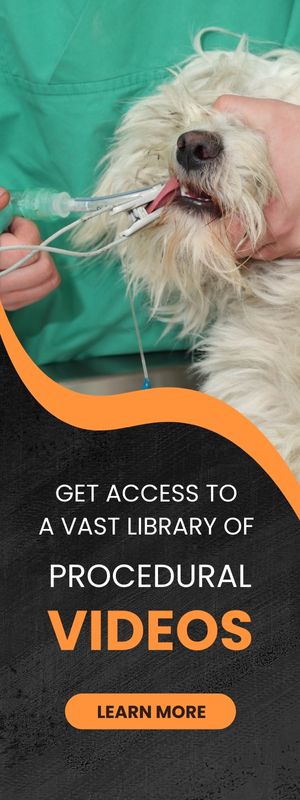Philip R Judge BVSc MVS PG Cert Vet Stud MACVSc (Veterinary emergency and Critical Care; Medicine of Dogs)
What Is It?
Damage control surgery is an abbreviated operative technique performed in the trauma patient in which the following are prioritised1
- Control of abdominal bleeding with the goal of arresting blood loss, and stabilising vital organs
- Emergency control of abdominal contamination from bowel, biliary and urinary tract
Definitive repair of bowel or visceral injuries is not attempted – but rather emergency procedures are performed to achieve the priorities stated above, followed by temporary abdominal closure1.
Definitive surgical repair of damaged tissues is delayed until after the patient has stabilised1.
Indications1
Patient selection is based on the following criteria1:
- Penetrating trauma and/or complex major vascular injuries
- Haemodynamic instability
- Systolic arterial blood pressure < 70 mm Hg
- Persistent tachycardia or dysrhythmias
- Coagulopathy – evidence of acute traumatic coagulopathy, as evidenced by prolonged aPTT or PT greater than 1.5 x laboratory mean
- Hypothermia
- Metabolic acidosis with pH < 7.2
- Inability to control bleeding, despite massive transfusion therapy
- Associated life-threatening extra-abdominal injury e.g. diaphragmatic hernia etc.
The Procedure1-11
- Standard clipping and aseptic preparation of the abdomen should occur from well cranial to the xiphoid to caudal to the pubis should be performed and extended laterally to accommodate tubes such as jejunostomy tubes and surgical drains that exit beyond the incision.
- Uncontrollable arterial bleeding may be temporarily stopped by compressing the aorta cranial to the celiac artery
- The abdominal cavity should be suctioned sufficiently to allow packing of the abdominal cavity with surgical towels or laparotomy pads. Suctioned fluid, if collected into sterile containers, may be used to provide autologous transfusion if required.
- Pack the abdomen with sterile towels or laparotomy pads. The towels or pads are removed one at a time until the source of the bleeding is located. Once located, the source can be ligated or affected organ, or segment of affected organ removed. In general, it is desired to preserve as much of a bleeding organ as possible unless it is severely injured, is infected, or potentially neoplastic. If haemorrhage is due to widespread organ contusions, definitive haemorrhage control may not be able to be achieved. In this case, laparotomy pads are packed around injured/contused organs and are left in place.
- Following control of haemorrhage, the intestines should be inspected for compromise leading to contamination. Identified lesions are rapidly sutured in running/continuous suture pattern to reduce contamination
- The urinary tract should be inspected for integrity. Uro-abdomen caused by bladder injury should be managed by simple continuous closure of the bladder, placement of a urinary catheter, and placement of a peritoneal catheter, suing a Jackson-Pratt multi-fenestrated drain. Urinary tract injuries elsewhere should be managed by placement of an abdominal drain, and urinary catheter to minimise ongoing leakage.
- The abdomen is closed, leaving laparotomy pads in place, to provide compression to bleeding organs. Definitive surgical repair is reserved for a subsequent surgery when the patient has achieved haemodynamic stability.
Definitive Surgical Repair1-11
Definitive surgical repair should take place following patient stabilisation, and usually occurs 24-48 hours following damage control surgery1. The goals of definitive surgery include:
- Removal pf packing/laparotomy pads
- Definitive repair of any vascular injuries requiring surgery
- Debridement of necrotic or non-viable tissue
- Evaluation of the alimentary tract, and definitive repair/reconstruction of injuries
- Evaluation of the urinary tract, and definitive restoration of urinary tract integrity
- Feeding tube placement
- Thorough abdominal cavity lavage and suction
- Placement of an abdominal drain to facilitate post-operative monitoring
- Routine abdominal cavity closure
What is the Evidence?
The veterinary literature regarding the use of damage control surgery in acute traumatic haemoabdomen is scant at best12,13.
Most references on haemoabdomen in the dog focus on non-operative control of haemorrhage, through the use of compressive bandages, aiming to reduce the diameter of bleeding vessels. A urinary catheter placed at the time of abdominal wrap application will allow measurement of intra-abdominal pressure14 in a manner similar to measurement of central venous pressure, using a vertical column of water. Intra-abdominal pressures above 25 cm H2O are associated with reduced organ perfusion and should therefore be avoided14.
In non-abdominal trauma, a single case report in the veterinary literature described autotransfusion and emergency ligation of an artery that was lacerated during orthopaedic surgery, with wound packing and delayed closure15. The surgical procedure was completed 3 days following the haemorrhagic incident, and the patient recovered uneventfully thereafter.
In humans, a recent review of evidence for damage control surgery16. They reviewed 36 cohort studies, and 3 cross-sectional surveys as part of the review. The review found that very few of the indications for damage control surgery in published literature had evidence supporting they were reliable in terms of outcome. (Note that the indications listed in this short discussion paper reflect those with supporting evidence). They concluded that damage control surgery should be used with respect for the current uncertainty regarding its effectiveness and recommend its use only where definitive surgery cannot be supported due to patient instability16,17.
Conclusion
Damage control surgery has gained widespread acceptance in human trauma management protocols, with clear guidelines for its application, surgical goals and practice, despite variable quality of evidence16,17.
In veterinary medicine, whilst the concept is discussed in many reviews of acute abdominal haemorrhage, there is very little information regarding safety, use, and outcomes available in peer-reviewed literature. As a result, the concept remains one without firm evidence or recommendation at present. However, in patients in which abdominal haemorrhage is unable to be managed using conservative means, and the control of acute traumatic coagulopathy, the concept of damage control surgery is one that may prove life-saving in selected patients16.
References
- Germanos, Stylianos, Stavros Gourgiotis, Constantinos Villias, Marco Bertucci, Nikitas Dimopoulos, and Nikolaos Salemis. “Damage control surgery in the abdomen: an approach for the management of severe injured patients.” International Journal of Surgery 6, no. 3 (2008): 246-252.
- Aronson LR (Ed), Small Animal Surgical Emergencies, Wiley Blackwell Publishing Co. 2016 (Various Chapters)
- Davenport, D.J., Martin, R.A.; Veterinary Emergency and Critical Care P153-162; Murtaugh/Kaplan, Mosby Year Book 1992.
- Mann, F.A.; Acute Abdomen: Evaluation and Emergency Treatment: in Kirk’s Current Veterinary Therapy XIII, Small Animal Practice; Saunders Publishing Co. 2000.
- Beal, M.W., “Approach to the Acute Abdomen” In Vet Clinics of North America, March 2005, Drobatz (Ed) P375-396.
- Herold L, Devey J, Kirby R, Rudloff E. Clinical evaluation and management of hemoperitoneum in dogs. J Vet Emerg Crit Care 2008; 18(1):40–53.
- Mann FA. Acute abdomen: evaluation and emergency treatment. In: Bonagura JD, ed. Kirk’s Current Veterinary Therapy XIV. St. Louis, MO: Saunders Elsevier; 2009:67–72.
- Asensio, Juan A., Lisa McDuffie, Patrizio Petrone, Gustavo Roldán, Walter Forno, Esteban Gambaro, Ali Salim et al. “Reliable variables in the exsanguinated patient which indicate damage control and predict outcome.” The American journal of surgery 182, no. 6 (2001): 743-751.
- Parr, Michael JA, and Tareq Alabdi. “Damage control surgery and intensive care.” Injury 35, no. 7 (2004): 712-721.
- Morris Jr, John A., Virginia A. Eddy, Thane A. Blinman, Edmund J. Rutherford, and Kenneth W. Sharp. “The staged celiotomy for trauma. Issues in unpacking and reconstruction.” Annals of surgery 217, no. 5 (1993): 576.
- Bouzat, Pierre, Guillaume Valdenaire, Tobias Gauss, Jonhatan Charbit, Catherine Arvieux, Paul Balandraud, Xavier Bobbia et al. “Early management of severe abdominal trauma.” Anaesthesia Critical Care & Pain Medicine 39, no. 2 (2020): 269-277.
- Herold LV, Devey JJ, Kirby R, Rudloff E. Clinical management of hemoperitoneum in dogs. J Vet Emerg Crit Care 2008;18(1):40–53.
- Mongil CM, Drobatz KJ, Hendricks JC. University of Pennsylvania, Philadelphia. Traumatic hemoperitoneum in 28 cases: a retrospective review. J Am Anim Hosp Assoc. 1995 May-Jun; 31(3):217-22
- Brockman DJ, Mongil CM, Aronson LR, Brown DC. A practical approach to hemoperitoneum in the dog and cat. Vet Clin North Am Small Anim Pract. 2000 May; 30(3):657-68. Review.
- Ghosal, Rita DK, and Alexandra Bos. “Successful management of catastrophic peripheral vascular hemorrhage using massive autotransfusion and damage control surgery in a dog.” Journal of Veterinary Emergency and Critical Care 29, no. 4 (2019): 439-443.
- Roberts DJ, Bobrovitz N, Zygun DA, Kirkpatrick AW, Ball CG, Faris PD, Stelfox HT; Indications for Trauma Damage Control Surgery International Study Group. Evidence for use of damage control surgery and damage control interventions in civilian trauma patients: a systematic review. World J Emerg Surg. 2021 Mar 11;16(1):10.
- Roberts, Derek J. MD; Bobrovitz, Niklas MSc; Zygun, David A. MD, MSc; Ball, Chad G. MD, MSc; Kirkpatrick, Andrew W. MD, MHSc; Faris, Peter D. PhD; Stelfox, Henry T. MD, PhD Indications for use of damage control surgery and damage control interventions in civilian trauma patients, Journal of Trauma and Acute Care Surgery: June 2015 – Volume 78 – Issue 6 – p 1187-1196

